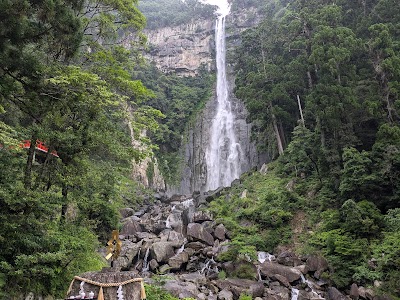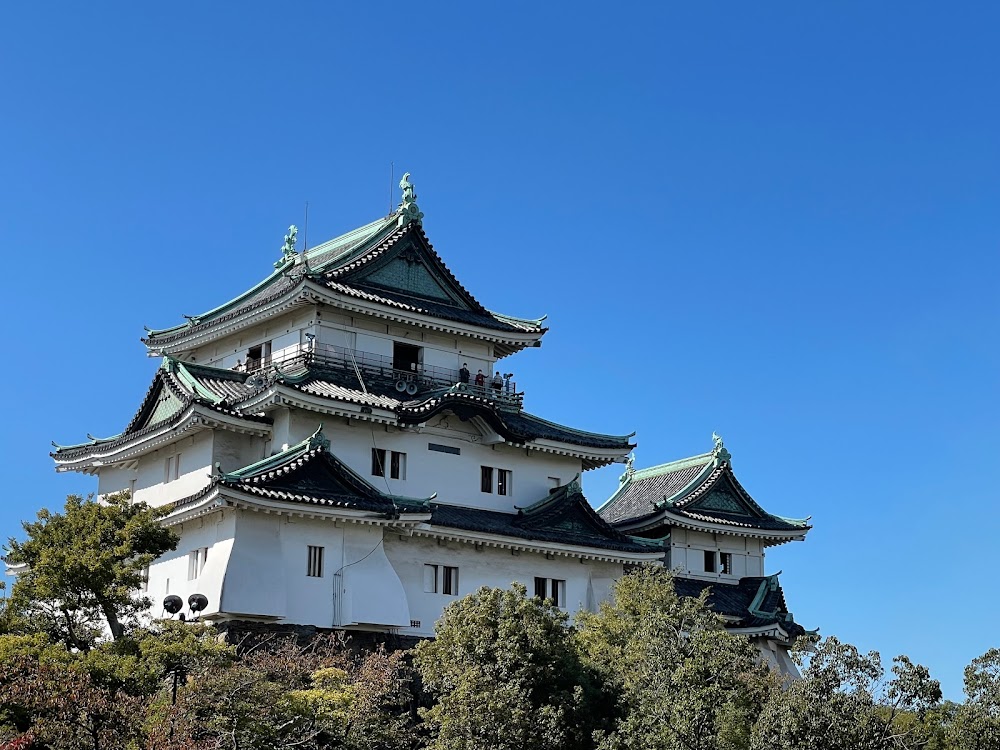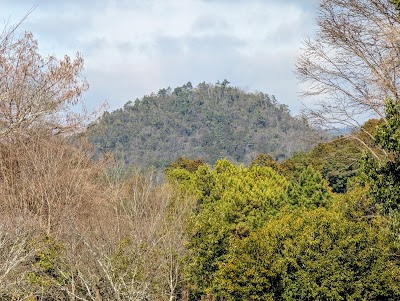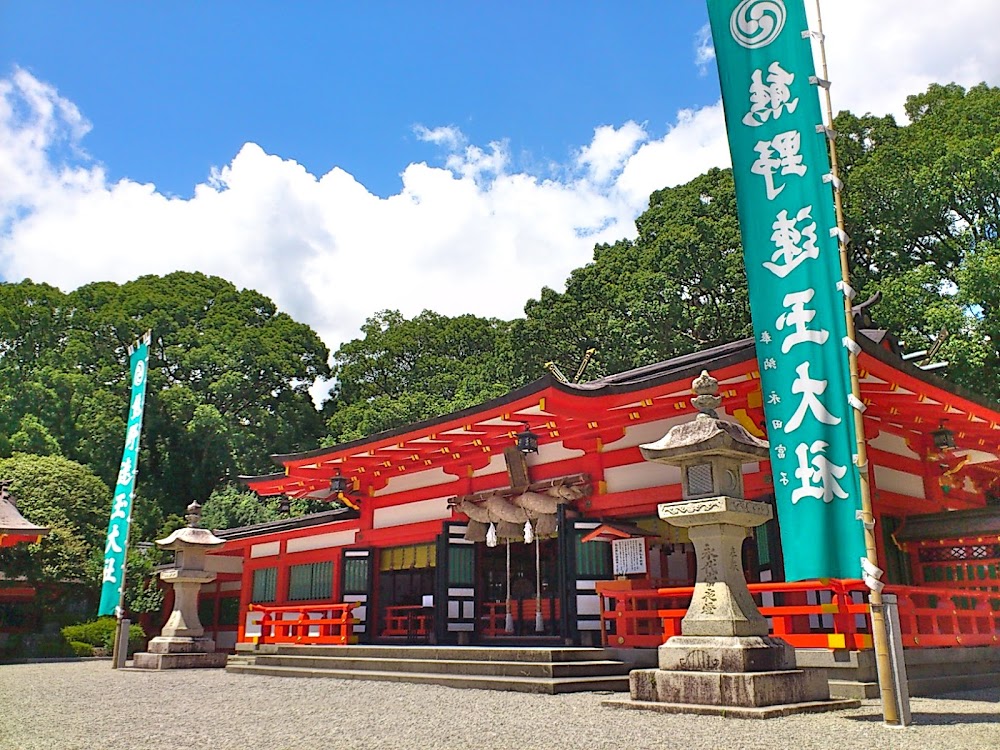Yoshino-Kumano National Park (吉野熊野国立公園)
Overview
Yoshino-Kumano National Park, nestled in the stunning Wakayama Prefecture of Japan, is a breathtaking tapestry of natural beauty, cultural heritage, and spiritual significance. Established as a national park in 1936, it is one of Japan's oldest and most cherished protected areas, offering visitors a unique blend of experiences that are both enriching and unforgettable.
Expansive Landscapes
The park spans a vast region, incorporating parts of Nara, Mie, and Wakayama Prefectures. Its crown jewel, the Kii Peninsula, is celebrated for its rugged mountains, lush forests, and spectacular waterfalls. Among the park's highlights is Mount Yoshino, renowned for its stunning cherry blossoms that transform the slopes into a pink wonderland each spring. With over 30,000 sakura trees blooming annually, this enchanting spectacle draws nature lovers and visitors from all corners of the globe.
Cultural and Spiritual Heritage
Yoshino-Kumano National Park is steeped in history and spirituality, prominently featuring the Kumano Sanzan, a collective term for the three grand shrines of Kumano: Hongu Taisha, Nachi Taisha, and Hayatama Taisha. These ancient shrines are part of the UNESCO World Heritage Site "Sacred Sites and Pilgrimage Routes in the Kii Mountain Range." For centuries, pilgrims have traversed the Kumano Kodo, an intricate network of trails winding through the mountains, to reach these sacred destinations. Walking these historic paths offers a profound connection to Japan’s spiritual past.
Nachi Falls
Another breathtaking highlight of the park is Nachi Falls, which stands at an impressive 133 meters, making it Japan’s tallest single-drop waterfall. The adjacent Nachi Taisha shrine, with its iconic red pagoda, offers a stunning vantage point to appreciate the majestic cascade surrounded by verdant greenery. The harmonious blend of the shrine's architectural beauty and the natural power of the waterfall creates a must-visit experience for travelers.
Rich Biodiversity
The park's rich biodiversity is a significant attraction, hosting a diverse array of flora and fauna, including several rare and endangered species. The ancient cedar trees whisper tales of centuries past, while the serene rivers and streams nurture a vibrant ecosystem. Wildlife enthusiasts may encounter Japanese macaques, deer, and various bird species while exploring the park’s extensive trails.
Therapeutic Onsen Experiences
For those seeking cultural experiences, the Kumano region offers more than just stunning natural landscapes and sacred sites. The area is famous for its onsen, or hot springs, providing a perfect retreat after a day of hiking. Yunomine Onsen, one of Japan's oldest hot springs, has been cherished for over 1,800 years for its therapeutic benefits, inviting visitors to unwind and rejuvenate.
Historical Charm of Totsukawa
The historic village of Totsukawa presents an authentic glimpse into traditional Japanese life. With its rustic wooden houses, terraced farms, and picturesque scenery, the village preserves the charm of rural Japan. Visitors can experience genuine Japanese hospitality and gain insights into the daily life and rhythms of this tranquil community.
Best Times to Visit
Yoshino-Kumano National Park is accessible yet feels like a world apart. The ideal times to visit are spring and autumn. Spring unveils a breathtaking canvas of cherry blossoms, while autumn transforms the landscape into a vibrant tapestry of reds, oranges, and yellows. Each season brings its unique magic, ensuring that every visit to the park is a memorable experience.
Getting There
Reaching the park is straightforward, with various travel options available. The closest major city is Osaka, from which visitors can take a train or bus to different entry points of the park. Local transportation within the park is well-established, with buses and taxis serving key sites and trailheads, making exploration effortless.
Plan Your Itinerary
To make the most of a visit to Yoshino-Kumano National Park, tourists are encouraged to craft an itinerary that incorporates a blend of natural landscapes, cultural sites, and leisure activities. Whether hiking the sacred Kumano Kodo, soaking in ancient hot springs, or simply savoring the majestic views, the park promises an enriching experience.
In summary, Yoshino-Kumano National Park epitomizes Japan’s deep respect for nature and its spiritual traditions. It is a sanctuary where history, culture, and natural beauty converge, providing travelers with an opportunity to reconnect with the essence of Japan. Whether you seek adventure, tranquility, or a deeper understanding of Japanese heritage, Yoshino-Kumano National Park is a destination that will leave a lasting impression.






